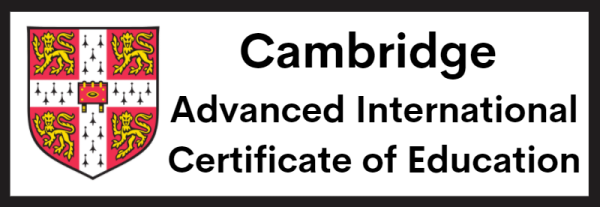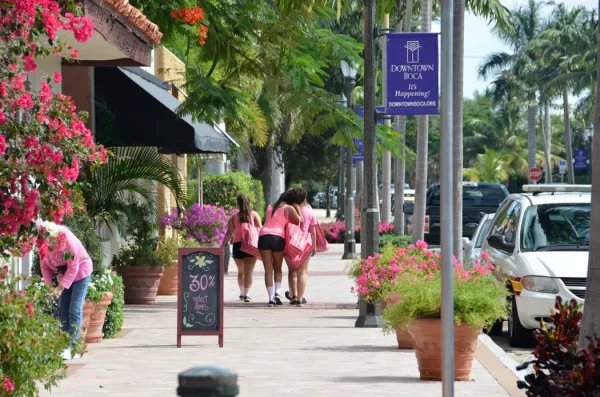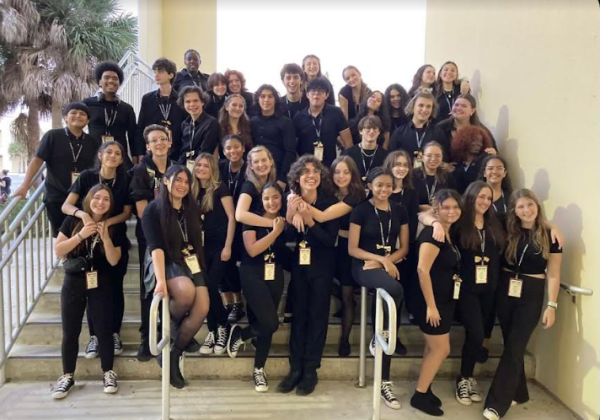Changes to Bright Futures Brings Tougher Standards; Low Income Students Will Be Disproportionately Affected
It appears as if the “Sunshine State” is about to get a whole less “sunnier” in the school year of 2021. Unfortunately, a bill just passed through both chambers of the Florida legislature that will officially raise the minimum SAT for the varying degrees of the Florida Bright Futures Scholarship.
Senate Bill 190 will take effect for current high school sophomores who are scheduled to graduate in 2021. It is looking to raise the current SAT score of 1170 to around 1200 for the second tier Florida Medallion Scholarship, which covers 75 percent of a student’s college tuition at any state university in Florida. Additionally, the bill would also raise the requirement for the Florida Academic Scholarship, which covers full tuition and fees, from 1290 to around 1330. The SAT itself is out of a possible 1600 points, with no points deducted for wrong answers.
The exact required scores will not be revealed until after the Department of Education looks at national averages.
Lawmakers, such as Senator Kelli Stargel, claim that the new bill will help keep the “integrity” of what the Florida Bright Futures Scholarship is all about: rewarding the best and the brightest of the state of Florida who fall within a certain percentile compared to the national average. Likewise, the College Board also changed the SAT in 2016, replacing its system of penalizations for wrong answers. Nationwide scores have risen since, and bill supporters argue that those original required scores are not on par with the scholarship’s original purpose.
All this may sound great from the government’s point of view since it would include less money to lay out to students. Yet, the question arises as to what will happen to the thousands of minorities who will no longer be able to qualify for the different degrees of the scholarship?
Every time eligibility requirements rise, minority and low-income are the ones who generally suffer the most. In the Miami-Dade school district, 45 percent of high school seniors who are now eligible for the Academic Scholars award, including 63 percent of black students and 43 percent of Hispanic students in the region, will no longer qualified for the scholarship.
This also isn’t the first time that the Florida Bright Futures Program has decided to raise its qualifications. In 2011, the organization made the decision to increase the required scores on ACT and SAT tests, fearing out-of-control costs caused by standards they considered too easy. The results had disastrous effects on minority populations. According to the Sun Sentinel, The number of blacks dropped from 4,562 to 1,303. Hispanic students went from 12,513 to 5,852 in the school years from 2012 to 2016. Thus, a decline in the number of black students by 74 percent and Hispanic students by 64 percent.
Additionally, some critics of Bright Futures’ actions to raise score levels claim that test scores are not an effective way of measuring merit since they grant unfair advantages to students who can afford expensive test preparation programs, such as tutor services or pricey SAT prep books.
“It doesn’t matter the reason, when you raise scores that are linked to a test, that has disparate impact,” says Bob Schaeffer of FairTest, a national organization that opposes the exploits of standardized exams. “Test scores on average are strongly related to family income. As income goes up, test scores go up.”
An example of this was evident in statistics from Piper High School in Sunrise, where nearly two-thirds of the students live in poverty. In 2011, 22 percent of the student body qualified for an Academic Bright Futures scholarship, but in 2014, it was 5 percent.
“Students are too scared to apply for their dream schools because they don’t know how to pay for it, so they end up at Broward College,” Dahlia Orris, a college and career adviser at Piper in told the Sun Sentinel in 2016. Thus, more and more students will have to take loans, work jobs, and spend their salary on paying off student debts. The results will be catastrophic, and may impede some students from achieving their dreams that they otherwise would have been able to attain had they received a Bright Futures scholarship.
Brendan Derrig, a student at the University of Central Florida (UCF), said it “would be very hard for me to pay my own way through college” if he had not received the top Florida Bright Futures award. And Derrig is not alone. At UCF, 44 percent fewer students in this year’s freshman class would have obtained the top-tier scholarship if the changes had been implemented this year, and 32 percent fewer students would have received the second-tier award, according to the Orlando Sentinel.
Likewise, within Orange County itself, the changes would mean that currently 31 percent of Orange County students would no longer be eligible for the second-tier Medallion scholarship, including 38 percent of black students, 30 percent of Hispanic students and 30 percent of white students, the Orlando Sentinel reported. Therefore, the new changes to Bright Futures will impact minority students the most as less and less students will be able to qualify for its awards.
In final consideration, the raising of the Bright Futures standards is a measure that will in all retrospect affect disproportionally against black and Hispanic students, in addition to its negative implications on even the general population. Hopefully, Florida’s “future” will remain “bright” despite the new policy.














